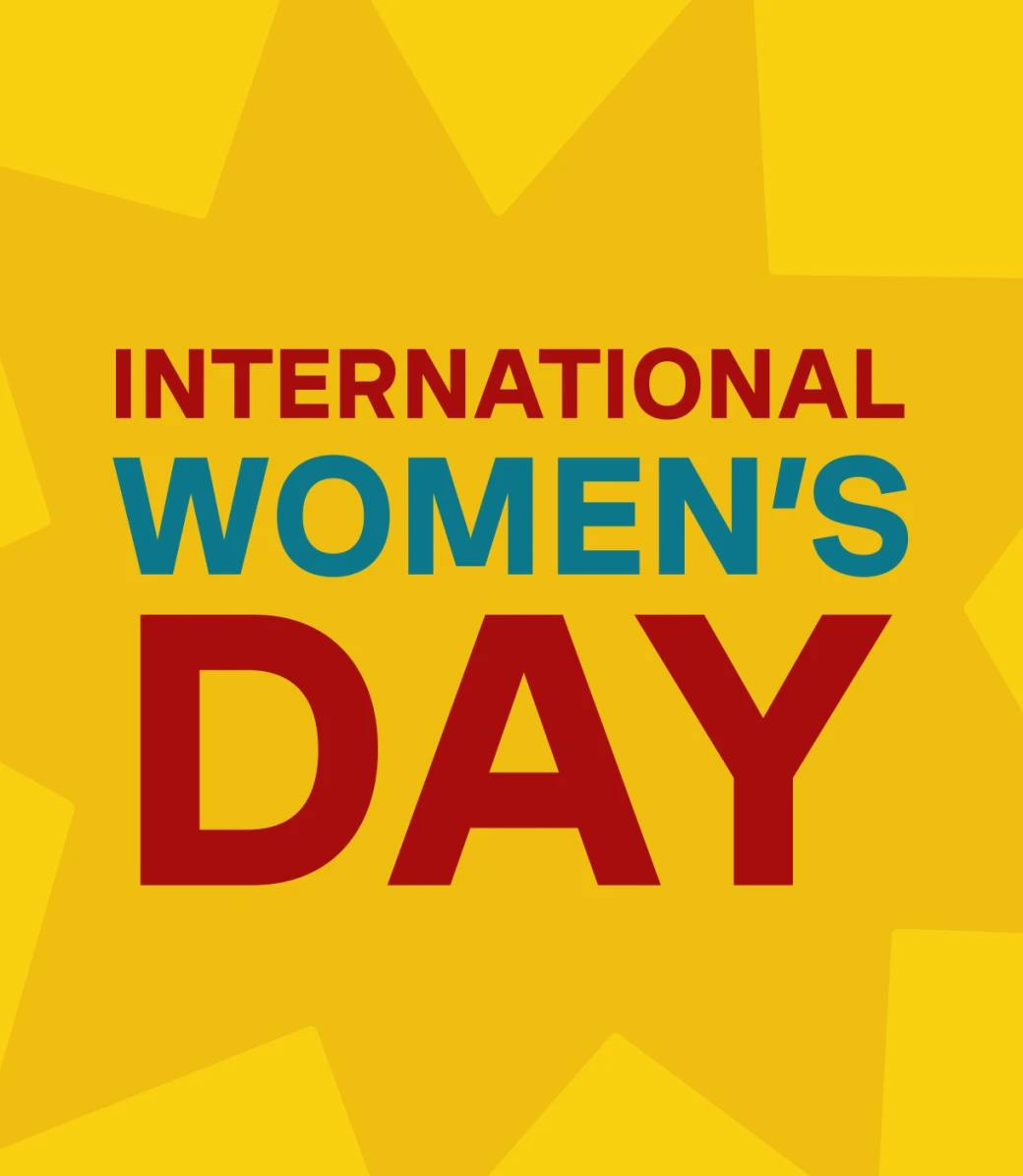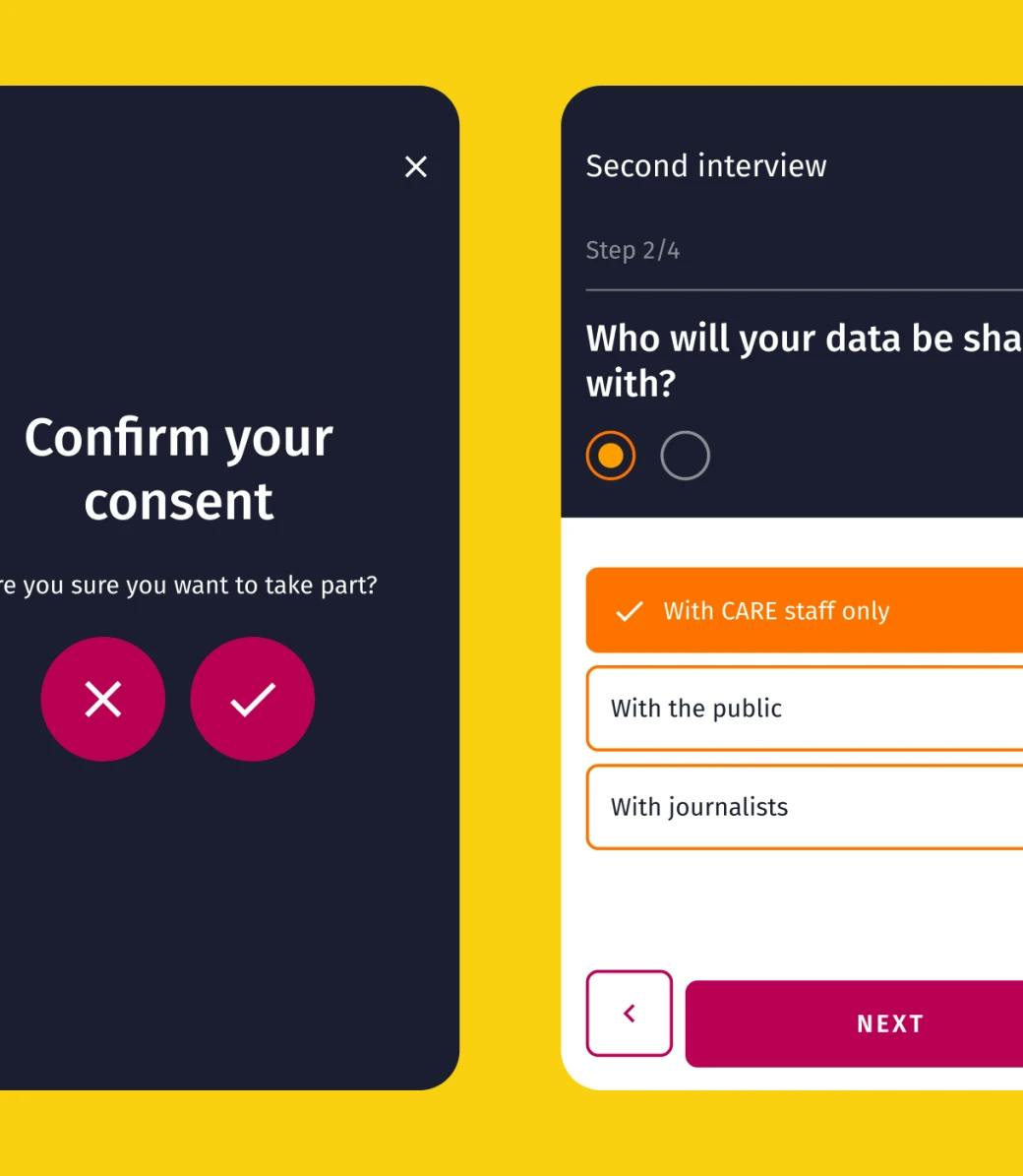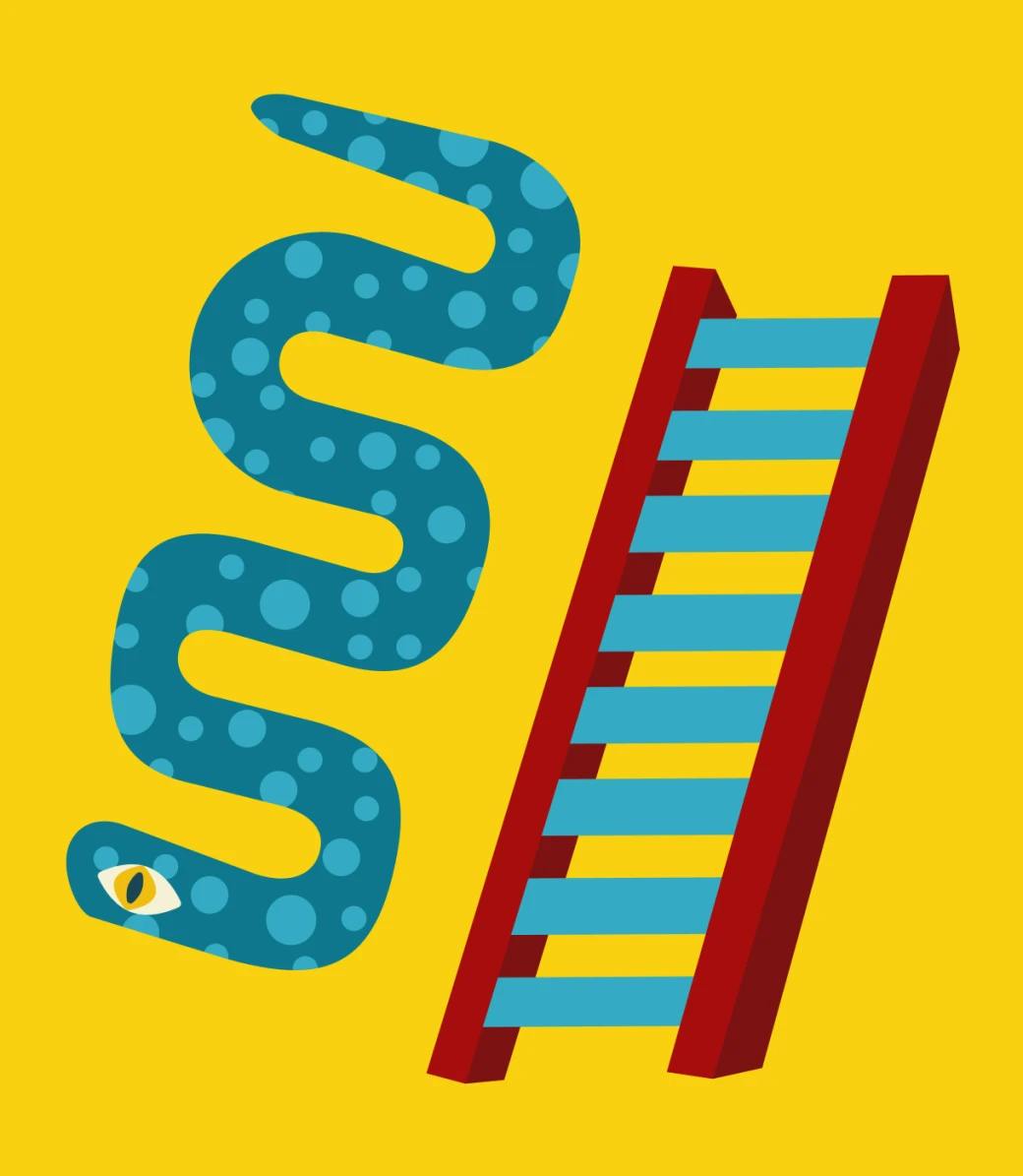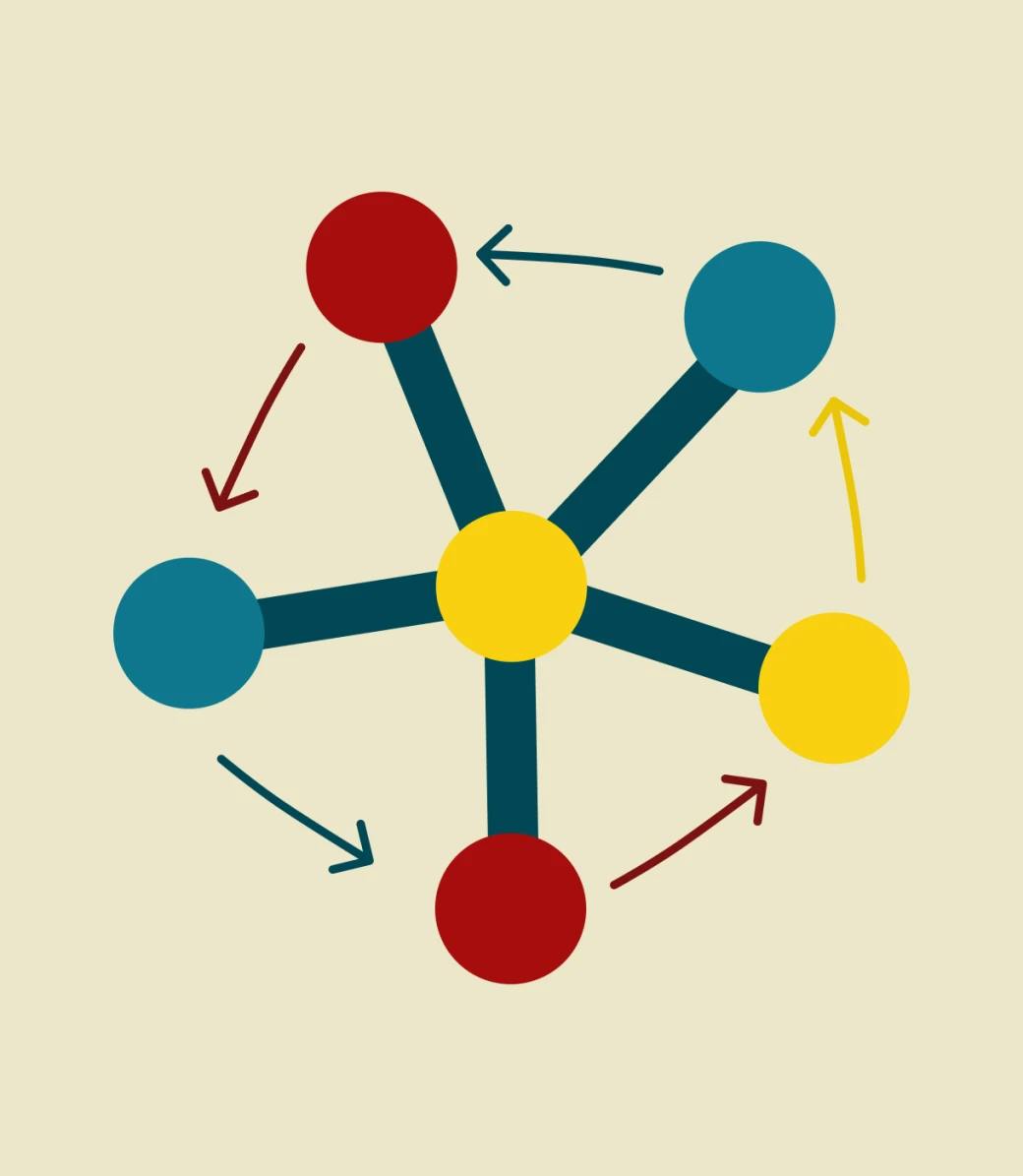How to design inclusively for girls and young women
In partnership with incredible girl-centered organizations, including Girl Effect, Malala Fund, Plan International, and CARE, we have been creating digital products for marginalized, vulnerable, and hard-to-reach adolescent girls since 2014. What’s different about designing for girls and young women vs. designing for the masses? Well, pretty much everything really.
At Here I Am, our approach to creation is a forensic, human-centered design process that strives to deeply and fully understand our users, their world, and the barriers we need to overcome to design truly inclusive products. We call the part of our process that’s focused on understanding all the barriers marginalized groups may face the ‘Inclusion Barrier Assessment’. This is a living document that captures any barriers the user(s) may experience in accessing any aspect of the type of service we intend to design. For instance, their access to networks, digital tools or services, and content may be limited. These factors will be considered and referenced throughout the project to ensure that we are considering, allowing for, or overcoming the barriers as we design solutions.
These barriers can often be blurred, interconnected, and multi-layered, but at Here I Am we organize them into three buckets:
Emotional barriers are factors that affect the way a user thinks or feels, which results in a degree of exclusion from mainstream digital products such as displacement trauma, anxiety, fear, and lack of trust.
Physical barriers are factors that affect a user’s body or their senses These can result in a degree of exclusion from mainstream digital products such as visual, hearing, dexterity, and cognitive impairments.
Environmental barriers are any factors in the user's environment that can cause them to be excluded from mainstream digital experiences. These include barriers such as access to phones, data, and electricity, literacy and digital literacy, affordability, social norms, and political or legal restrictions.
In our nine years of designing for girls and young women, here are some of the most omnipresent barriers we have encountered plus our tried and tested techniques for overcoming them.
For any organizations that are designing for girls, we hope these insights act as a useful guide and would love to continue the conversation around how to best identify and overcome barriers to create products that girls can access, understand, and use safely towards progressing their lives. Keep the conversation going by sharing this post and your thoughts with us on LinkedIn.
Inspired by this post?
We love to share perspectives, thoughts and ideas on creating digital ways to include the excluded. If you have a problem you'd like to discuss, we'd love to hear from you.




